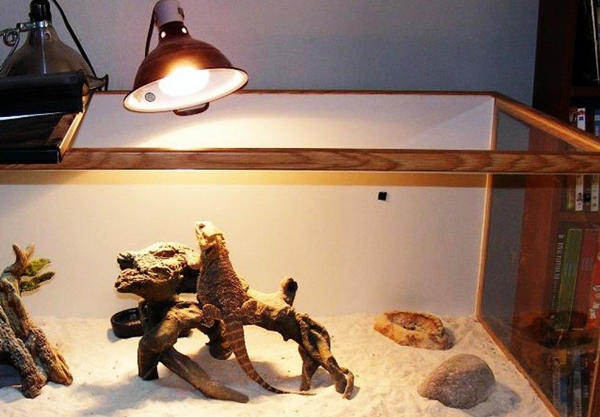The Ultimate Guide to Bearded Dragon Vivarium Temperature
Introduction
Bearded dragons are a popular pet among reptile enthusiasts. They are relatively easy to care for, and make great pets. However, proper care is important to ensure that they live a long and healthy life. One of the most important aspects of caring for a bearded dragon is providing the right vivarium temperature. In this guide, we will discuss everything you need to know about bearded dragon vivarium temperature.
The Importance of Vivarium Temperature
Bearded dragons are cold-blooded reptiles, which means that they are unable to regulate their body temperature like humans and other mammals can. They rely on external heat sources to keep their body temperature within a certain range. A vivarium that is too cold can cause a bearded dragon to become lethargic, and can also affect their immune system. Conversely, a vivarium that is too hot can cause dehydration, overheating, and even death.
Ideal Vivarium Temperature Range
The ideal vivarium temperature range for a bearded dragon is between 95 and 105 degrees Fahrenheit during the day, and between 70 and 80 degrees Fahrenheit at night. This temperature gradient is necessary so that your bearded dragon can thermoregulate properly. This means that they can move closer to or further away from the heat source as needed to maintain their body temperature.
How to Measure Vivarium Temperature
There are several ways to measure the temperature in your bearded dragon’s vivarium. The most accurate method is to use a digital thermometer with a probe. This will give you an accurate reading of the temperature at the basking spot, which is the most important area to monitor. You can also use an infrared thermometer to measure the surface temperature of the basking spot. Stick-on thermometers and analog probes are less accurate and should be avoided.

Ways to Heat Your Vivarium
There are several ways to heat your bearded dragon’s vivarium. The most common method is to use a heat lamp or ceramic heat emitter. These heat sources should be placed on one side of the vivarium, creating a temperature gradient. You can also use a heat mat or under-tank heating pad, although these should not be the primary heat source. They can be used to provide additional heat at night, especially if the room temperature drops below 70 degrees Fahrenheit.
How to Adjust Vivarium Temperature
If your vivarium temperature is too low or too high, there are several ways to adjust it. If the temperature is too low, you can try using a higher wattage bulb or moving the heat source closer to the basking spot. If the temperature is too high, you can move the heat source further away from the basking spot or use a lower wattage bulb. It’s important to make gradual changes and monitor the temperature to ensure that it stays within the ideal range.
Conclusion
Maintaining the right vivarium temperature is essential for the health and well-being of your bearded dragon. With proper care and attention, you can create a comfortable habitat that will promote their health and happiness. Remember to monitor the temperature regularly, and make adjustments as needed. If you have any questions or concerns, be sure to consult with a qualified reptile veterinarian or experienced reptile owner.
